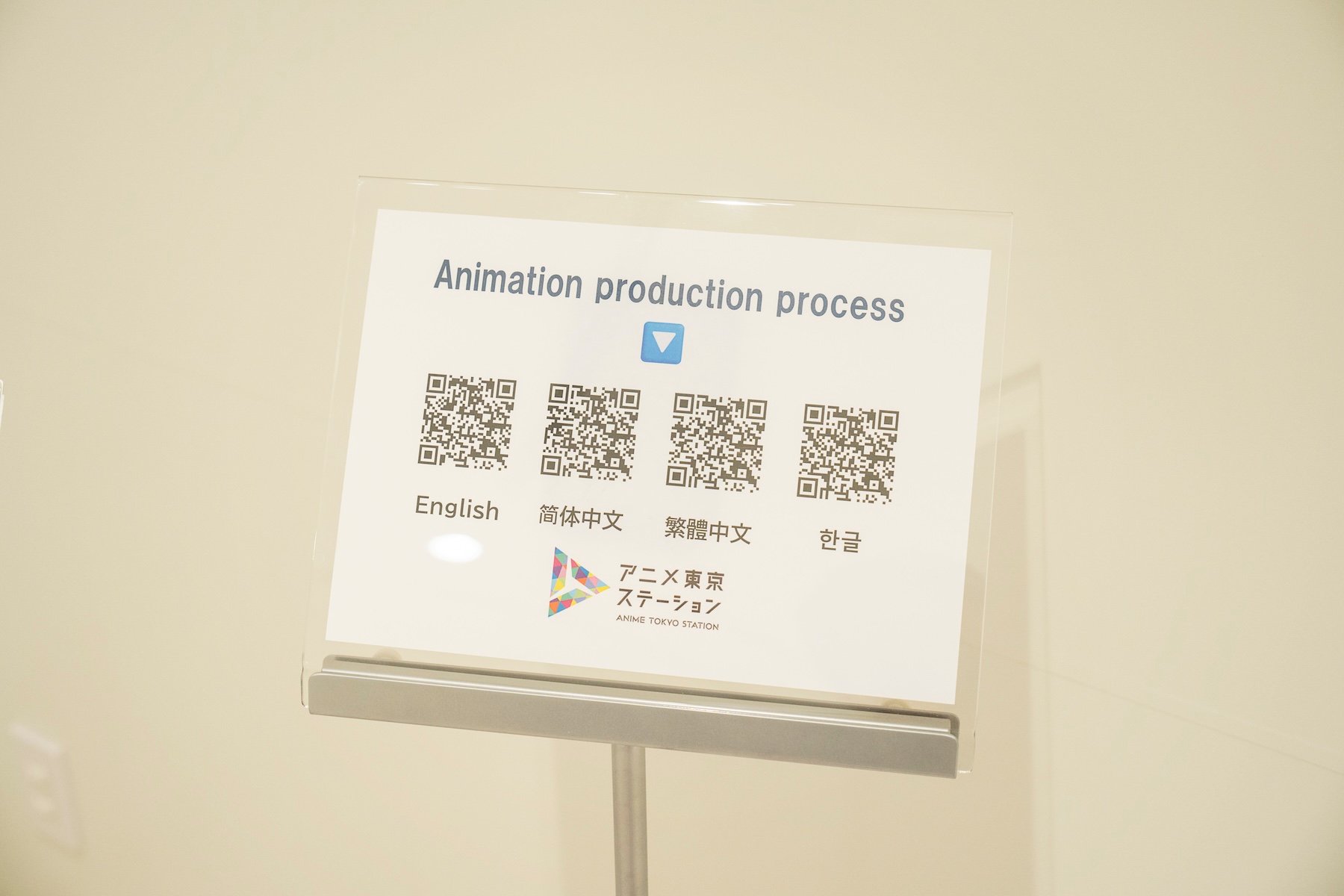CATEGORY
AREA

2025.08.20
A Gateway to Japan's Anime Heritage: Exploring the Cultural Landmark
 Nearest Station
Nearest Station
Aligned with the Tokyo Metropolitan Government's long-term vision, "Anime Tokyo Station" in Ikebukuro was established to preserve and transmit anime culture while promoting its appeal both domestically and internationally. The facility offers free access to exhibitions showcasing production processes through precious archival materials and special exhibitions featuring popular series. It's a "holy land" where you can discover anime culture in both depth and delight.
Born in Ikebukuro, a district where numerous anime "sacred sites" are scattered throughout, "Anime Tokyo Station” serves as a hub for promoting the appeal of Japanese animation both domestically and internationally—truly an anime landmark. As the Tokyo Metropolitan Government's first anime-related facility, it opened in 2023 with the mission of inheriting and developing the anime industry that has been cultivated over many years. The facility showcases anime's appeal from various perspectives, featuring production process introductions that utilize precious materials from the cel animation era and special exhibitions focusing on the latest popular works.
The facility spans three floors from the basement level 1 to the second floor. On the first floor, serving as a comprehensive information platform, visitors are greeted by an impressive symbolic display featuring over 120 popular anime titles.
The facility's creation stems from a pressing contemporary issue: digitalization. As the animation industry increasingly moved toward digital production, animation companies found themselves burdened with vast amounts of physical documentation that was difficult to store and preserve. Recognizing this challenge, the Tokyo Metropolitan Government—home to approximately 80% of Japan's animation companies—took action in 2003. Partnering with the Association of Japanese Animations, they launched the "Anime Archive Project," systematically collecting and preserving materials from various companies. This initiative has amassed approximately 50,000 precious items, and it was to showcase these treasures that "Anime Tokyo Station" was conceived.
The facility is operated by the Association of Japanese Animations, an organization comprising 100 companies related to Japanese animation, established to develop animation technology and foster industry growth.
The basement level ARCHIVES floor houses approximately 50,000 carefully climate-controlled materials. The permanent exhibition, set against the backdrop of the archive storage, uses materials from Osamu Tezuka's "Astro Boy" to illustrate the cel animation production process. What makes this exhibition extraordinary is its completeness—visitors can trace a single work's journey from initial planning documents through original artwork, cel paintings, voice recording scripts, to the final film reels. This comprehensive display offers a profound appreciation for the meticulous craftsmanship and creative ingenuity that have driven Japanese animation's evolution since the post-war era.
The exhibition serves a forward-looking purpose: by connecting with this archived heritage and reflecting on animation history, the facility hopes to inspire the next generation of industry leaders, fostering deeper appreciation for Japanese animation's complexity and sparking broader interest in the field.
The basement storage facility houses "cut bags"—envelopes containing materials for individual animation cuts, each holding hundreds of documents.
Exhibition descriptions can be translated into English, Chinese, and Korean via QR code smartphone scanning.
The basement level also features rotating displays of cel artwork and other archival materials. During our visit, "Jin-Roh: The Wolf Brigade" was featured, though previous exhibitions have included storyboards and production materials from "You're Under Arrest" and "Mobile Police PATLABOR."
The second floor hosts limited-time exhibitions focusing on popular works that have captured domestic and international attention. Featured series change approximately every three months, with past exhibitions including "Oshi no Ko," "Pokémon," and "Love Live! Superstar!!" During our visit, a special "Mobile Suit Gundam GQuuuuuuX -Beginning-" exhibition was on display.
What makes these special exhibitions captivating is their interactive elements—photo opportunities, smartphone AR experiences, and other engaging features that allow visitors to participate actively. Currently running through November 9th is a special "SPY×FAMILY" exhibition. These exhibitions offer immersive experiences that let visitors dive deep into their favorite series' worlds.
The current "SPY×FAMILY" special exhibition features scene panels highlighting memorable moments and life-sized character displays. ©Tatsuya Endo/Shueisha・SPY×FAMILY Production Committee
"Anime Tokyo Station" has earned recognition as a destination for anime fans worldwide. To better serve international visitors, all exhibitions offer multilingual support, and 2-3 multilingual communicators are stationed throughout the facility. These anime-loving staff members are fluent in English, as well as their native languages, and possess extensive knowledge of Tokyo's anime-related facilities and events. They serve as invaluable resources, providing support not just for facility exhibitions but also for broader anime pilgrimage adventures throughout the city.
Now in its second year of operation, "Anime Tokyo Station" has welcomed over 200,000 visitors, solidifying its position as a new "sacred site" among anime enthusiasts.
International visitors now comprise approximately 30% of all guests. Multilingual communicators are stationed throughout the facility to provide foreign language support.
The first floor features interactive displays showcasing facility information and screening anime works, along with comfortable seating areas for relaxation.The facility also hosts regular programming: workshops on the second and fourth Saturdays of each month, and free anime screenings on the third Friday (no reservations required). These range from hands-on activities like coaster-making to screenings of popular series, offering diverse ways to engage with anime culture.
The information contained this article was correct as of 08/20/2025 (the time of publication)







